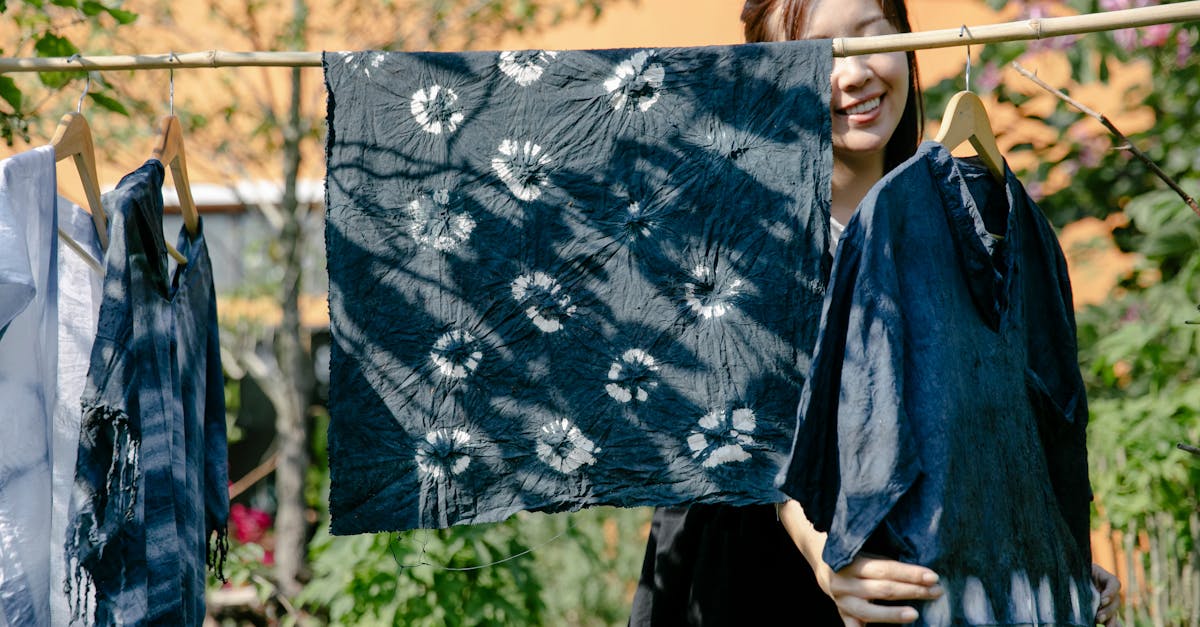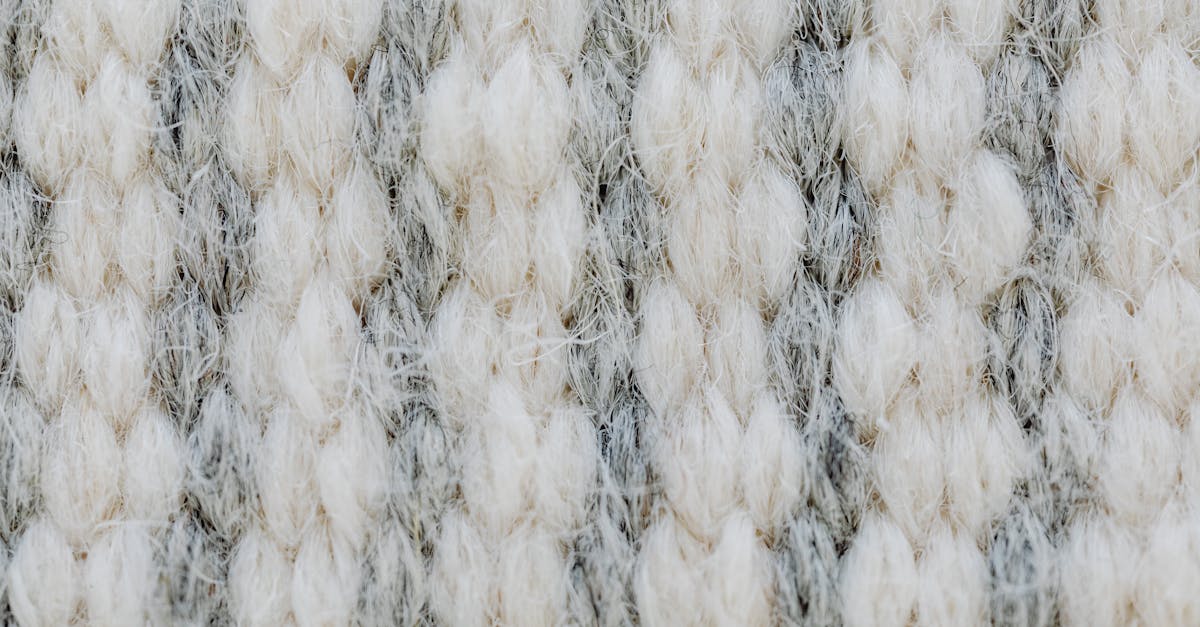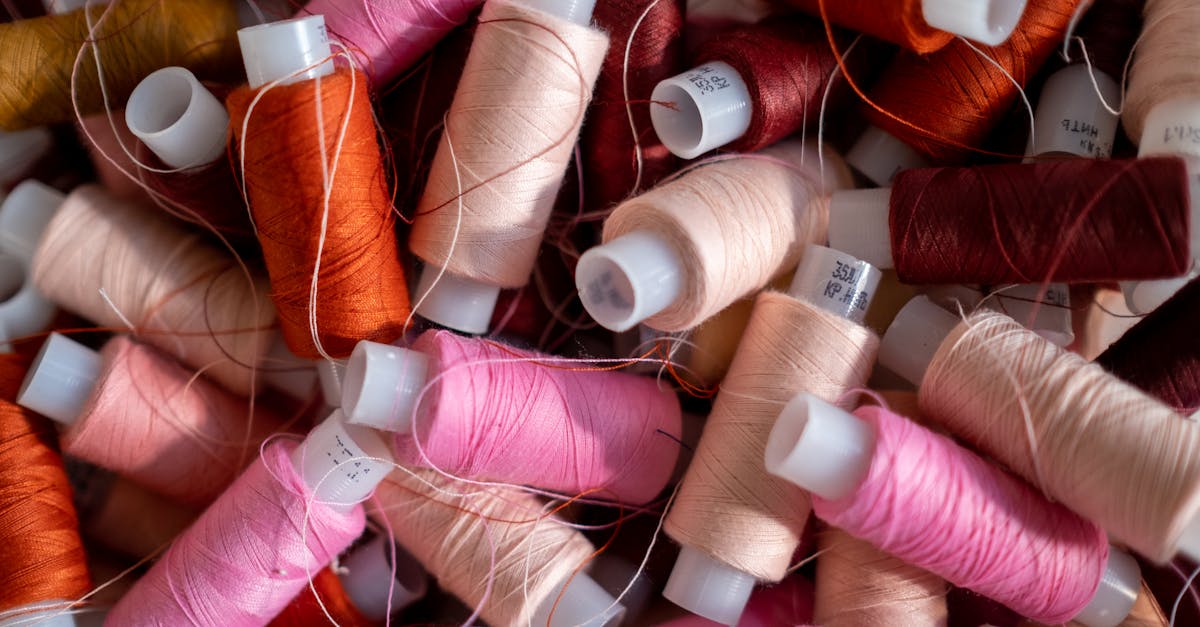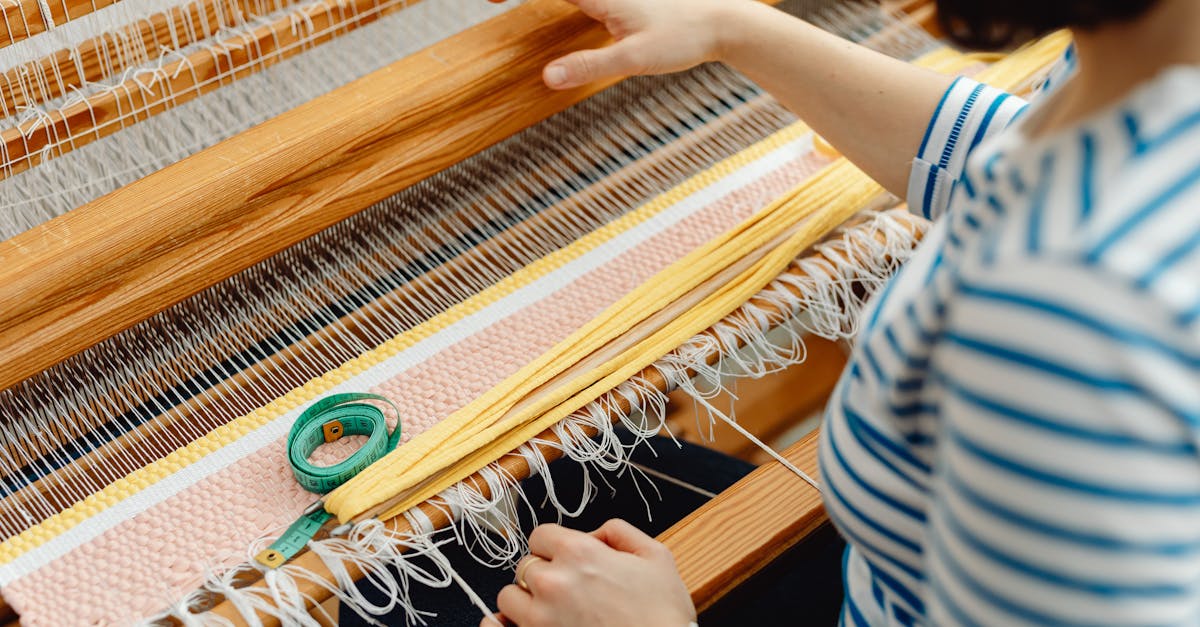Futuristic Threads Unveiling 2026 Styles
Introduction
As we stand on the brink of 2026, the fashion world is poised for a radical transformation. With technology and sustainability at the forefront, designers are pushing the boundaries of traditional fashion. From smart textiles to digital fashion, the industry is focusing on innovation to meet the needs of tomorrow's consumer. But what exactly defines these futuristic styles, and how are they reinventing our wardrobe staples? Beyond aesthetics, these developments reflect a broader societal shift towards eco-consciousness and digital integration. Join us as we delve into the exciting world of 2026 fashion, where creativity meets cutting-edge technology.
Advertisement
The Rise of Smart Textiles
One of the most groundbreaking trends in 2026 is the rise of smart textiles. These fabrics integrate electronics, turning clothing into functional devices. Imagine a shirt that monitors your heart rate or a jacket that adjusts its temperature according to your environment. This blend of technology and textiles offers not only aesthetic appeal but practical solutions for daily challenges. Companies are collaborating with tech giants to produce garments that promote health, safety, and convenience. As smart textiles evolve, they promise to redefine the way we interact with our clothing.
Advertisement
Digital Fashion Revolution
Digital fashion is breaking traditional barriers, challenging the concept of physical clothing. Fashion designers are using 3D software to create virtual garments that exist purely in cyberspace. These digital outfits can adorn social media avatars or be worn in virtual reality environments. This trend caters to a digital-savvy population keen on expressing their style in online spaces. Moreover, it offers sustainable benefits by eliminating the need for physical production, reducing waste, and conserving resources. As augmented reality and virtual reality technologies advance, digital fashion is set to become integral to our online personas.
Advertisement
Sustainability and Environmental Consciousness
Environmental sustainability continues to be a driving force in the fashion industry. Brands are increasingly opting for eco-friendly materials and processes, focusing on reducing their carbon footprint. Recycled fibers, biodegradable materials, and zero-waste production methods are gaining popularity. Designers are also advocating for slow fashion, encouraging consumers to invest in quality pieces that stand the test of time. This shift reflects a growing awareness of the environmental impact of fashion, pushing the industry towards a more responsible future. The trend is transforming what it means to be a conscious consumer in 2026.
Advertisement
Personalized Fashion Experiences
Personalization is becoming central to fashion, with consumers seeking unique, bespoke experiences. Advances in data analytics and AI allow brands to tailor garments to individual preferences and body types. Virtual fitting rooms offer personalized styling recommendations, enhancing the shopping experience. This trend is revolutionizing the retail industry, making fashion more inclusive and accessible. It empowers consumers to express their individuality through custom apparel that fits their specific lifestyle needs. Personalized fashion is paving the way for a future where every garment tells a personal story.
Advertisement
The Return of Retro Futurism
In 2026, retro-futurism is experiencing a revival, blending nostalgic styles with futuristic elements. Designers are drawing inspiration from past decades, reimagining them with modern twists. Metallic fabrics, bold geometric patterns, and space-age silhouettes are making a comeback. This trend plays on the sense of nostalgia while embracing innovation, offering pieces that appeal to both young trendsetters and older generations. The fusion of past and future aesthetics provides a fresh perspective, underscoring that fashion is cyclical yet ever-evolving. Retro futurism is a testament to the timeless allure of looking forward while honoring the past.
Advertisement
Tech-Infused Accessories
Accessories in 2026 aren't just about style; they're infused with advanced technology. Smartwatches, augmented reality glasses, and tech-enabled footwear are leading the accessory revolution. These items offer connectivity, convenience, and enhanced functionality, seamlessly integrating into our daily lives. Fashion brands are partnering with technology companies to create accessories that are not only stylish but also serve practical purposes such as tracking health metrics or providing real-time navigation. This convergence of fashion and technology is redefining how we accessorize, making tech-savvy items essential components of modern wardrobes.
Advertisement
Fashion Meets Inclusivity
Inclusivity remains a central theme in the fashion industry, promoting diversity and representation. Brands are expanding their offerings to cater to a wider range of body types, ethnicities, and identities. Inclusive fashion embraces individuality, encouraging people to celebrate their uniqueness. Designers are prioritizing adaptive fashion, creating pieces accessible to individuals with disabilities. The inclusivity trend reflects a broader commitment to equality and social justice, pushing the industry towards inclusivity as a standard rather than an exception. This movement is ensuring that fashion in 2026 is accessible and representative of all individuals.
Advertisement
The Integration of AI in Fashion
Artificial Intelligence (AI) is becoming integral to the fashion industry, transforming how designers create and consumers shop. AI-driven platforms analyze fashion trends, offering insights for future collections. In retail, AI enhances customer experiences by providing personalized recommendations and chatbots for customer service. Designers are experimenting with AI to automate pattern creation, offering innovative designs with speed and precision. As AI technology continues to evolve, its integration into fashion will unlock new potentials, making the industry more efficient and consumer-centric. The synergy of AI and fashion is a glimpse into an exciting future where technology and creativity converge.
Advertisement
Conclusion
The fashion industry of 2026 is a dynamic landscape of innovation, sustainability, and inclusivity. With smart textiles, digital fashion, and AI-driven insights, our wardrobes are becoming more than just clothing—they're tech-infused experiences. As sustainability remains a priority, fashion is taking strides towards an eco-conscious future. Inclusive practices ensure that fashion continues to represent a diverse range of voices and needs. As we look forward, it's clear that the boundaries of fashion are expanding, reflecting a seamless blend of technology, creativity, and social responsibility. The evolution of fashion promises a future where style knows no limits.
Advertisement




